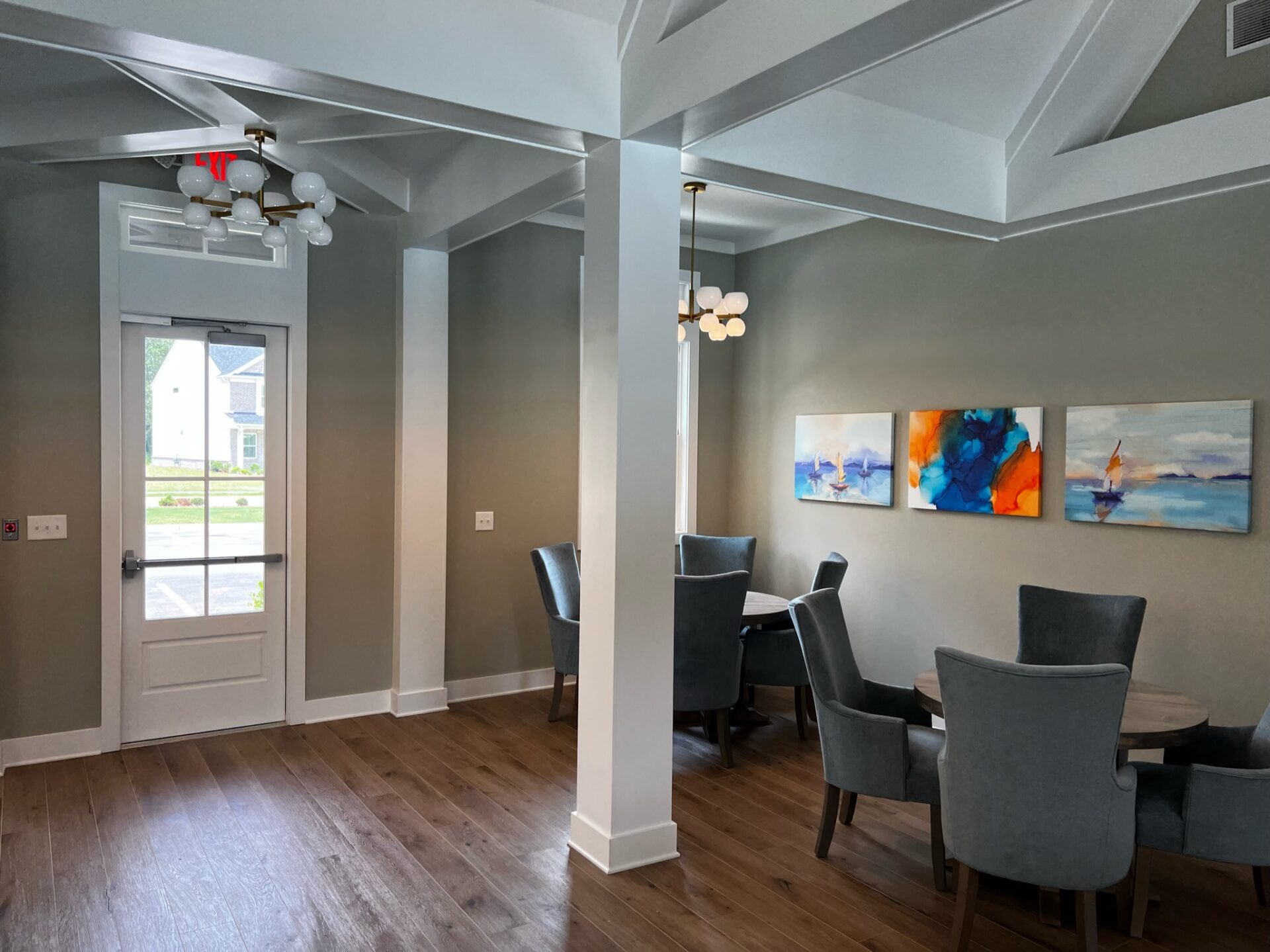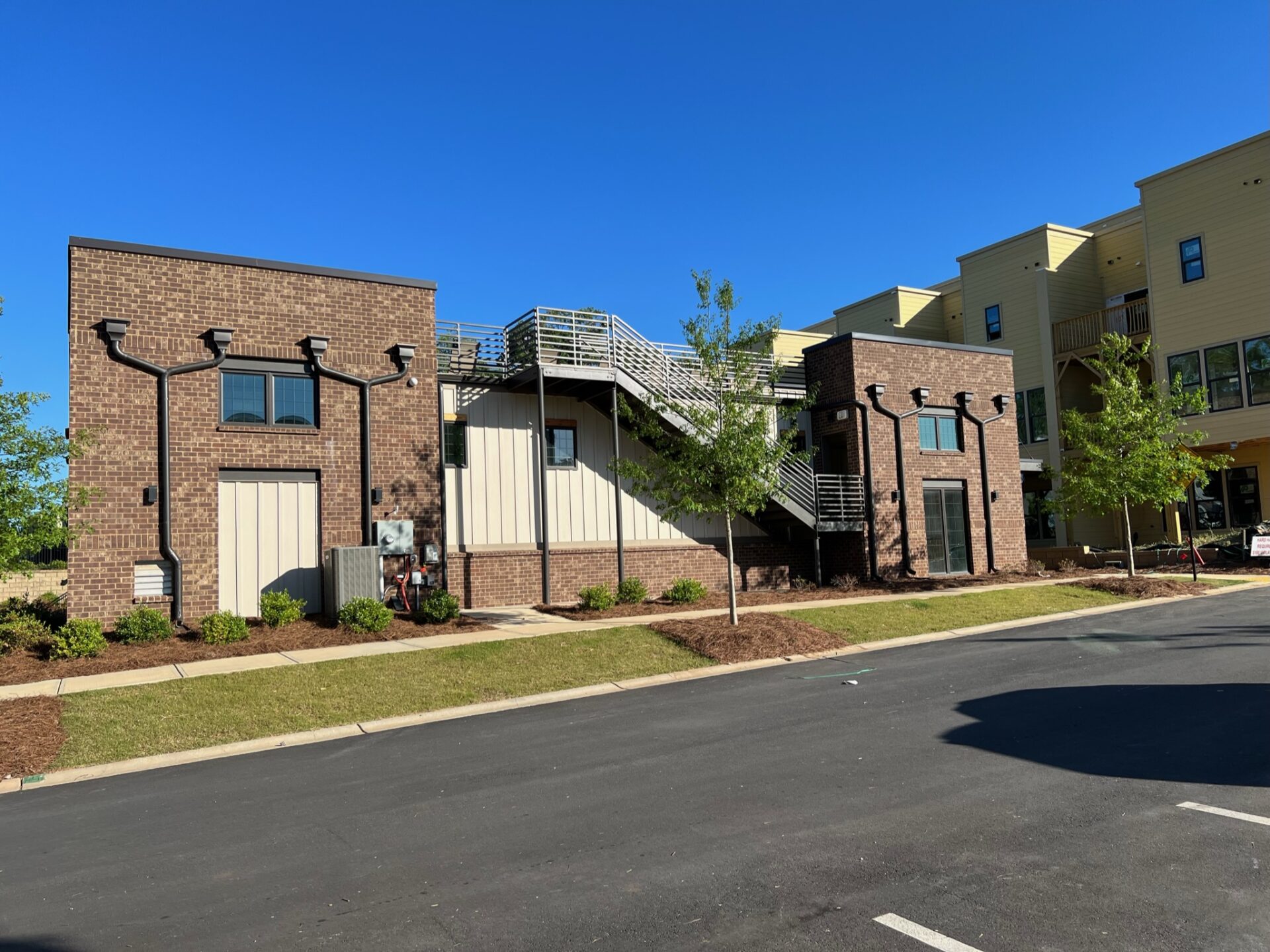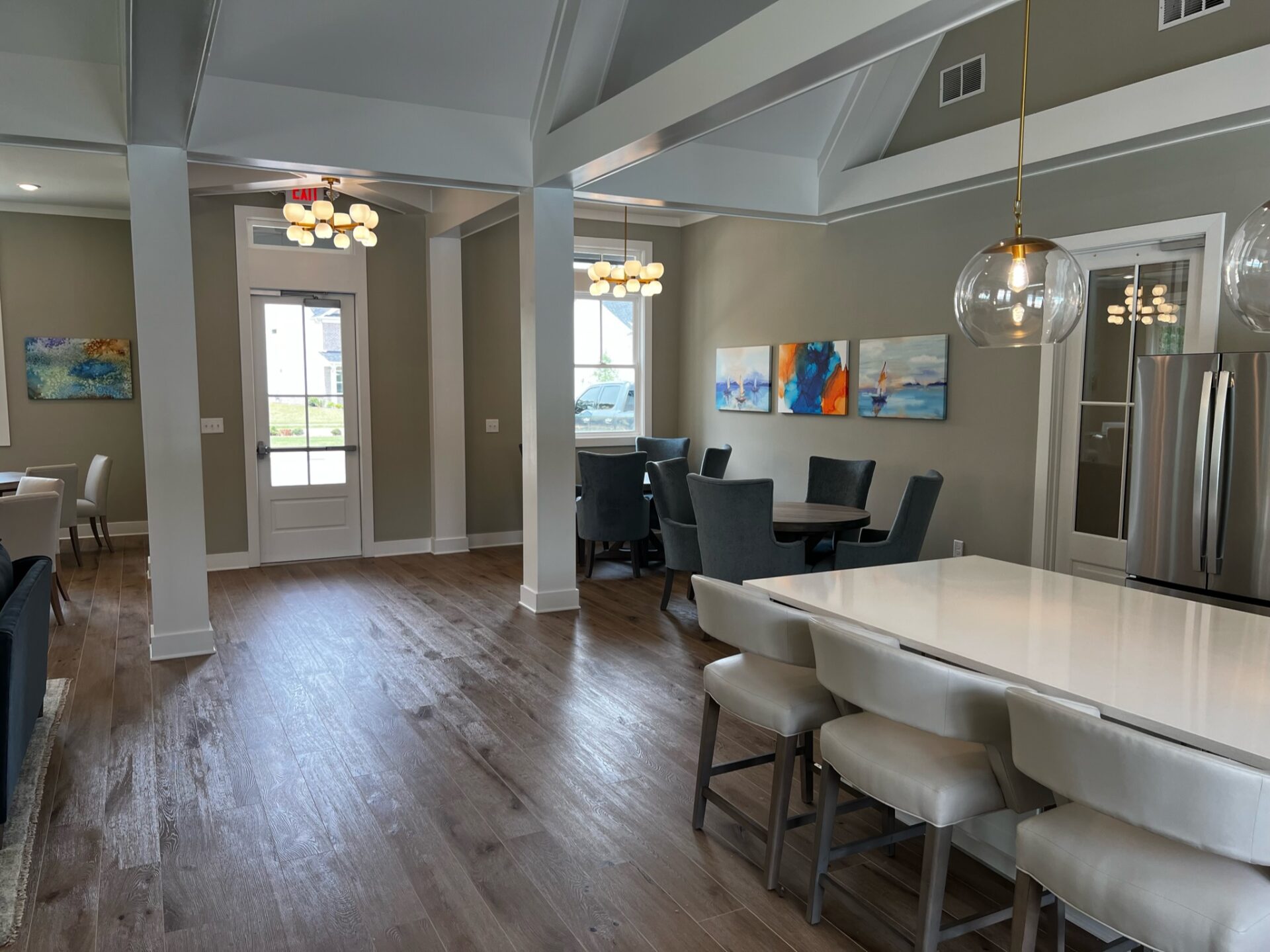Introduction
Tenant improvement projects can be pricey, but with smart strategies, you can keep costs down while still achieving a great result. Successful tenant improvements require careful planning and budget management. This ensures you get the most value out of every dollar spent. It’s not about cutting corners; it’s about making wise choices that will benefit your project in the long run.
One essential step is to assess your project’s needs and set a realistic budget. Knowing your limits helps you prioritize what truly matters. You can then explore ways to maximize existing resources, repurposing materials and incorporating flexible design solutions. These methods can save money and add a unique touch to your space.
Another key factor is working with the right professionals. Experienced contractors and designers can make a huge difference in the efficiency and quality of your project. By building a strong team and maintaining open communication, you can ensure everything runs smoothly. Strategic timing and effective project management also play vital roles in keeping costs manageable. By scheduling wisely and breaking the project into phases, you can avoid unnecessary expenses and delays.
These cost-effective strategies can help you complete a tenant improvement project that meets your needs and fits your budget. With a bit of ingenuity and the right approach, you can create a functional and attractive space without overspending.
Planning and Budgeting Wisely
Assessing Project Requirements and Constraints
Before diving into a tenant improvement project, it’s crucial to assess what the project requires and any constraints you might face. Evaluate the current state of the space. Identify areas that need immediate attention and those that can wait. Consider factors like the building’s age, the condition of existing structures, and any regulations or zoning laws that could impact the project. Understanding these elements helps avoid surprises and makes the planning process smoother. Consulting with experts during this phase can provide valuable insights and help outline a clear plan of action.
Setting a Realistic Budget
A well-planned budget is the backbone of any cost-effective tenant improvement project. Start by listing all potential expenses, from materials and labor to permits and unexpected costs. Make sure to include a contingency fund to cover unforeseen issues that might arise during construction. Research costs for materials and labor in your area to create accurate estimates. Setting a budget isn’t just about limiting spending but about making strategic choices that maximize value. Regularly review and adjust the budget as necessary to keep the project on track financially.
Prioritizing Essential Improvements
Once you’ve assessed your needs and set a budget, it’s time to prioritize the essential improvements. Focus on upgrades that will have the most significant impact on functionality and aesthetics. Determine which changes are necessary for compliance with safety standards and building codes. Ask yourself what features will most benefit the employees or tenants using the space. Prioritizing essential improvements ensures that the most critical aspects of the project are completed first, which helps in staying within budget and on schedule.
Maximizing Existing Resources
Repurposing Existing Structures and Materials
One of the best ways to keep costs down is by repurposing existing structures and materials. Evaluate what can be reused or refurbished instead of replaced. For example, old wooden beams can add rustic charm if left exposed, and existing flooring might just need a good polish. Repurposing materials not only saves money but also adds unique character to the space. It’s also a more sustainable approach, reducing waste and promoting eco-friendly practices. Always check the integrity of reused materials to ensure they meet safety standards.
Utilizing Flexible Design Solutions
Flexible design solutions can adapt to changing needs and help manage costs more effectively. Consider using modular furniture and walls that can be easily reconfigured as needs evolve. This adaptability eliminates the need for costly future renovations. Open floor plans with multipurpose areas offer versatility without extensive construction. Using neutral tones and simple designs ensures that the space can be updated easily without major overhauls. Flexible designs make the space more resilient to changes in business needs and tenant preferences.
Implementing Energy-Efficient Upgrades
Energy-efficient upgrades can provide long-term cost savings. Invest in LED lighting, energy-efficient HVAC systems, and low-flow plumbing fixtures. While these upgrades might have a higher upfront cost, they reduce utility bills and are often eligible for tax breaks and rebates. Installing energy-efficient windows can improve natural light and reduce heating and cooling costs. Energy-efficient upgrades not only lower operating expenses but also appeal to eco-conscious tenants, potentially increasing the space’s rental value.
Partnering with the Right Professionals
Selecting Experienced Contractors and Designers
Choosing the right professionals is a key element in managing tenant improvement costs effectively. Look for contractors and designers with a proven track record in commercial build-outs and tenant improvement projects. Their experience can help foresee potential issues and find cost-saving opportunities. Check references and portfolios to ensure they meet your project’s needs. An experienced team brings valuable expertise, which can save you money and reduce the risk of costly mistakes.
Effective Contract Negotiation
Negotiating contracts effectively can also help keep costs under control. Clearly define the scope of work in the contract to avoid any misunderstandings later on. Ensure that all parties agree on the timeline, materials, and cost estimates. It’s helpful to include clauses that protect you from unexpected charges. A transparent and detailed contract lays the foundation for a successful project by setting clear expectations and responsibilities for everyone involved.
Regular Communication and Progress Monitoring
Maintaining regular communication with your contractors and designers is crucial. Regular updates and progress reports help ensure that the project stays on track. Schedule weekly meetings to discuss progress, address any concerns, and make necessary adjustments. Effective communication keeps everyone on the same page and helps solve problems before they escalate. Monitoring progress allows you to make timely decisions that can save both time and money.
Timing and Project Management
Scheduling to Avoid Peak Costs
Timing is another important factor in managing tenant improvement costs. Try to schedule construction during off-peak times when labor and materials may be cheaper. Avoiding high-demand periods can result in lower costs and better availability of skilled workers. Plan your project around holidays and busy seasons to find the best time for your work. Careful scheduling can lead to significant savings and a smoother construction process.
Implementing a Phased Approach
Breaking your project into phases can make it more manageable and cost-effective. Start with the most critical improvements and then move on to less urgent ones. Phased implementation allows you to spread out costs over time and adjust plans based on initial outcomes. This approach also provides flexibility in budget management and helps ensure that essential work is completed first. A phased strategy helps maintain control over both time and money.
Utilizing Project Management Tools and Software
Using project management tools and software can greatly enhance efficiency and cost control. These tools help track progress, manage budgets, and coordinate schedules. Software platforms can streamline communication and documentation, making it easier to keep everyone informed. By using these tools, you can better manage resources and stay organized, reducing the likelihood of costly mistakes and delays. Technology can be a valuable ally in successful project management.
Conclusion
Cost-effective strategies are essential for successful tenant improvement projects. By planning and budgeting wisely, you can set a strong foundation for your project. Maximizing existing resources helps stretch your budget further and adds value to your space. Choosing the right professionals and maintaining open communication keeps the project on track. Smart timing and effective project management ensure smooth execution.
Each step in the process contributes to creating a functional and aesthetically pleasing space without breaking the bank. Thoughtful planning, efficient use of resources, and strategic partnerships make tenant improvements more feasible and rewarding.
Ready to start your tenant improvement project? Contact Robert Long Construction to bring your commercial vision to life with expert guidance and dedication. Let’s build something great together.




